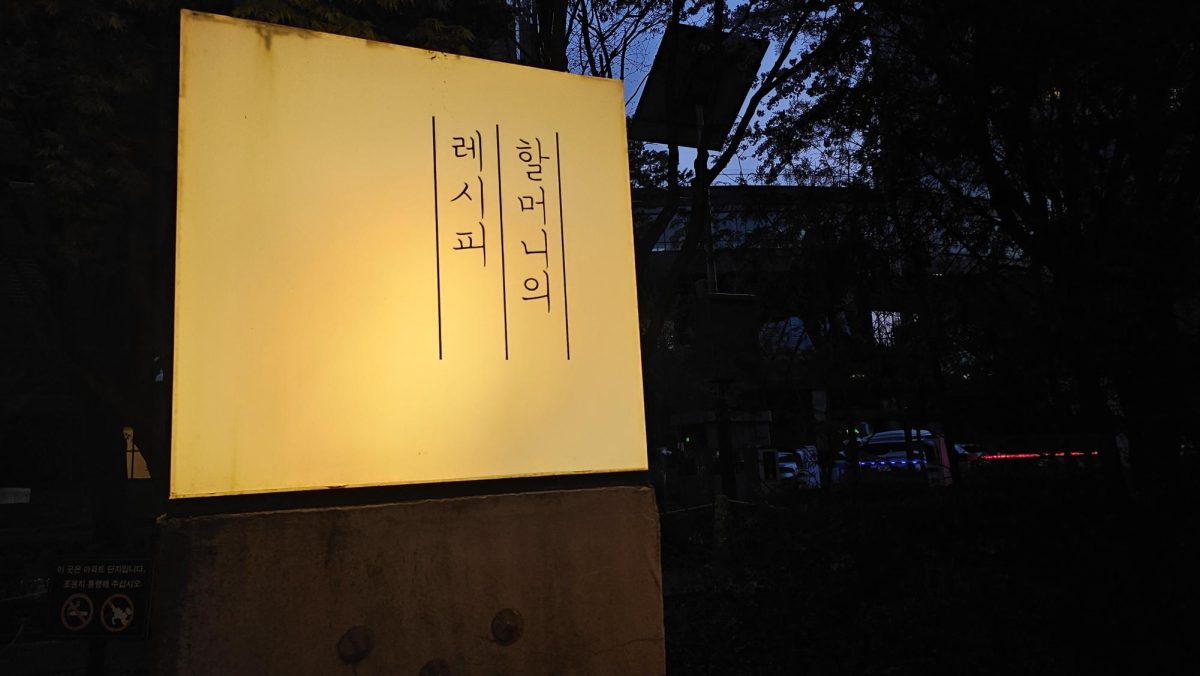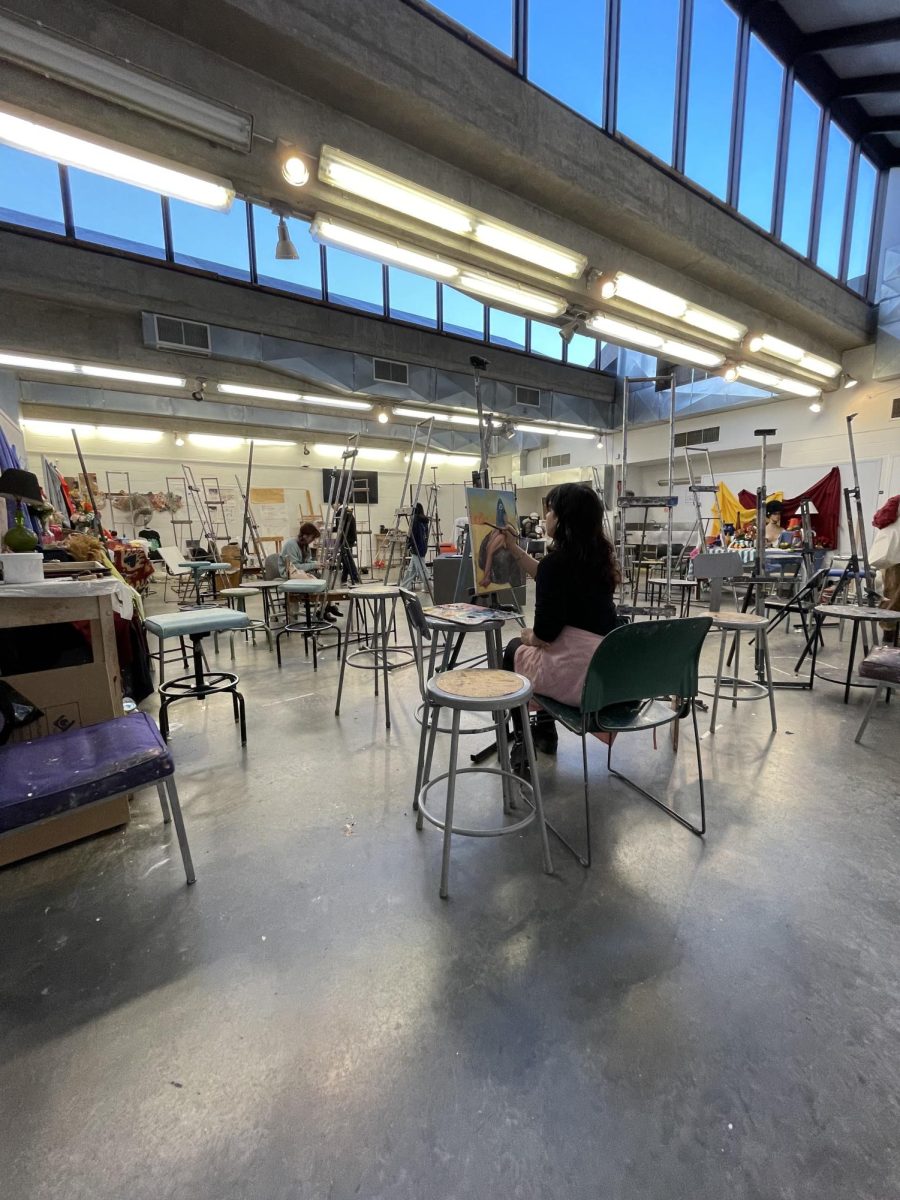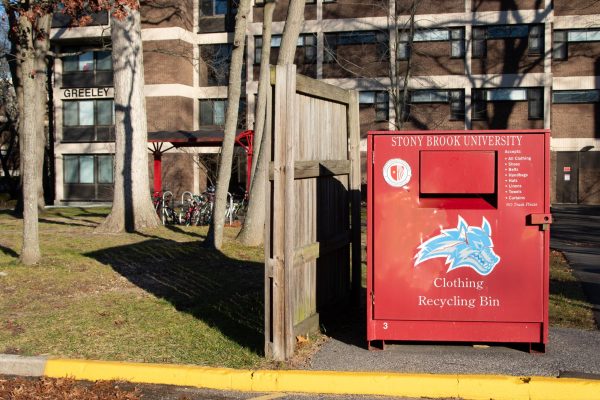
You have probably noticed the huge red Wolfie Clothing Recycling Bins located near each residential quadrant on campus. At the end of the semester when students move out of dorms, you may have even passed one of these bins overflowing with clothes.
Based on the bins alone, the printed text on the front reads that they accept clothing, shoes, belts, handbags, hats, linens, towels and curtains. The Wolfie Clothing Recycling Bins were first introduced in 2010 “to promote pride and encourage people to think and act green.” But, a question still remains: what happens to these items once disposed into the bin?
Every year, New York State residents and businesses discard an estimated 1.4 billion pounds of textiles that often end up in landfills or incinerators. Not only is this practice wasteful, but it also creates long-term environmental consequences, since it takes over 200 years for these materials to decompose in landfills — emitting the greenhouse gas methane. Jason Kibbey, former chief executive officer (CEO) of the Sustainable Apparel Coalition, told Newsweek that the chemicals from bleaching, dying and printing natural fibers can leach from textiles into groundwater or release into the air from incineration.
Given the environmental impacts of discarded clothing, the University’s clothing recycling program is commendable. But exposés of clothing recycling bins run by money-hungry companies can instill doubt in those participating in these recycling initiatives. Stony Brook’s Wolfie Clothing Recycling Bins can cause wariness given the lack of information online provided by administration on the bin collection process or collectors.
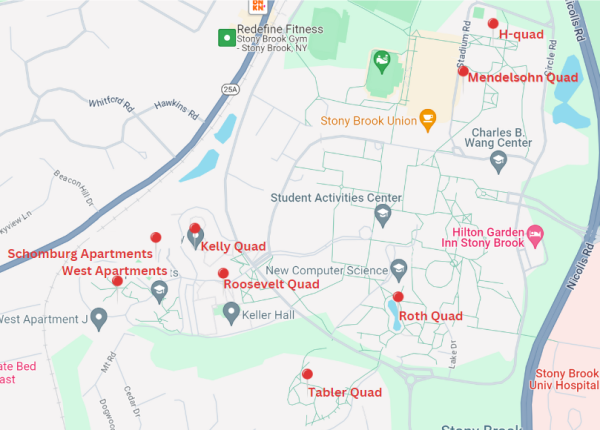
The Statesman had the opportunity to obtain email responses from Stony Brook officials in the Office of Sustainability and the Department of Campus Operations & Maintenance. According to the email, the donated clothing in the bins are “collected approximately every two to three weeks by our partners at Wearable Collections.”
Wearable Collections is a for-profit waste management company specializing in diverting textile waste from landfills in New York City. Their website reports that they transport clothes to a sorting facility where they assess the conditions of the clothing items.
“Wearable Collections utilizes the University truck scale to weigh the amount of clothing donated [to] the Red Wolfie Clothing Bins across campus and is then able to give our teams data,” Stony Brook officials said.
The email also said that the University has collected donations for over 20 year but only started formally tracking recycled clothing in 2008. Stony Brook allegedly worked with a different vendor to collect clothing before partnering with Wearable Collections to install the bins in 2010.
According to Stony Brook officials, since the installation of Wolfie Clothing Recycling Bins, the University has collected between 9 to 17 tons of clothing per school year, excluding the 2017-18 and 2018-19 academic years where the data was combined with other recyclable data. Excluding those two years, the average amount of clothing recycled per school year is 13.7 tons, which is equivalent to nearly 30,000 pounds.
The Wearable Collections website states that after sorting, “about 50% of collections will be reused as clothing and sold in secondhand markets throughout the world, providing access to affordable apparel.”
Adam Baruchowitz, the CEO of Wearable Collections, acknowledges widespread community desires to see donated clothing benefit local residents but maintains that local thrift stores and charities often face oversupply issues due to limited storage capacities. Therefore, excess clothing will eventually be sent to exporters who distribute the clothing globally.
Wearable Collections operates under a for-profit model, allowing them to dedicate a portion of their proceeds from clothing sales to partner organizations.
Stony Brook officials said the University receives “a very nominal payment” based on the weight of the clothing received in pounds. They also said in the email that “[these] funds are used by [the Department of] Campus Operations & Maintenance for continued support of [their] operations.”
Wearable Collections did not respond to statement requests regarding their partnership with Stony Brook University.
As for collected clothing and textiles that cannot be reused, Wearable Collections said they implement an eco-friendly approach; the items are either “upcycled as rags, or shredded into fiber products” which are then found in applications such as carpet padding and mattress stuffing. The company says that “about 4% [of the collected materials] cannot be repurposed,” but they are actively seeking new solutions to minimize this margin.
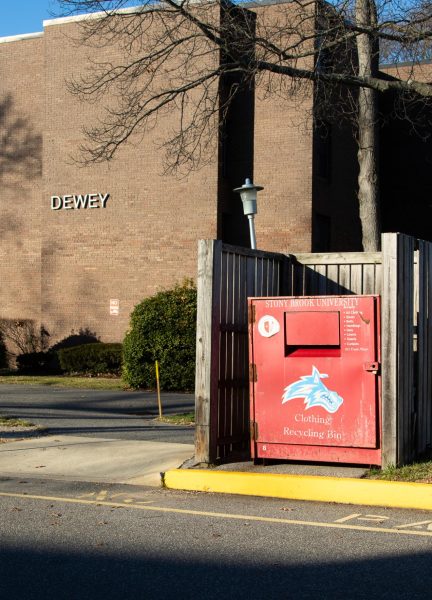
Related to clothing recycling, the Department of Campus Operations & Maintenance website lists the discontinued Move Out/Freecycle program among current recycling events on campus. The program diverted reusable items collected at the end of semesters during dormitory move-outs from landfills toward local organizations.
Meanwhile, items other than clothing and packaged food, such as appliances, books and dorm accessories, would be stored on campus and redistributed to students free of charge at the start of the following semester.
University officials said that “data for this program was not collected in a formal capacity,” but given the limited 24-hour window for students to move out of their dorms after completing final exams, there is often a large amount of items that are likely to be thrown out. While local students may have the means to store or bring their belongings home with them, many out-of-state, study abroad and international students have to leave behind an excessive amount of items.
The significant volume of yearly discarded waste and the valuable opportunity for incoming students to receive school necessities without incurring expenses highlight the importance of bringing back a program like Move Out/Freecycle.
University officials said that the Move Out/Freecycle program “ran for many years but was discontinued approximately five years ago.” They said that “due to budget constraints the program has been discontinued, however, [they] are hopeful that it will return at some point in the future.”
The details provided by Stony Brook officials offer insights into ongoing clothing recycling initiatives on campus. Even though the clothing collected from the Wolfie Clothing Recycling Bins will likely be sent elsewhere rather than reused by the Stony Brook community, the bins are a commendable alternative that keep clothing in use and prevent it from being placed in landfills. However, the University could improve its transparency and provide more information on how the clothing recycling program operates to further encourage the community to utilize these alternatives.










